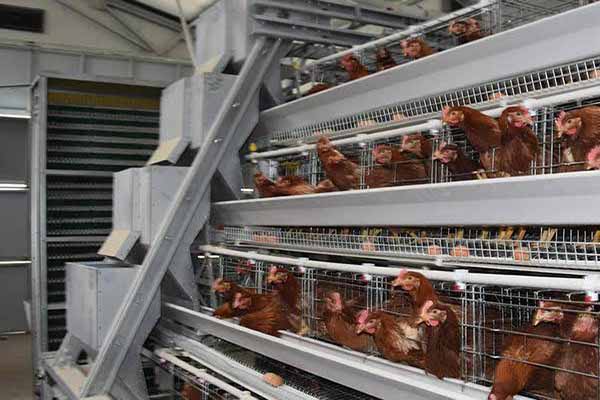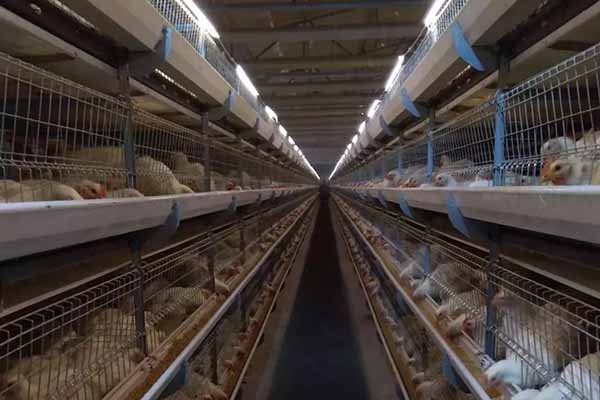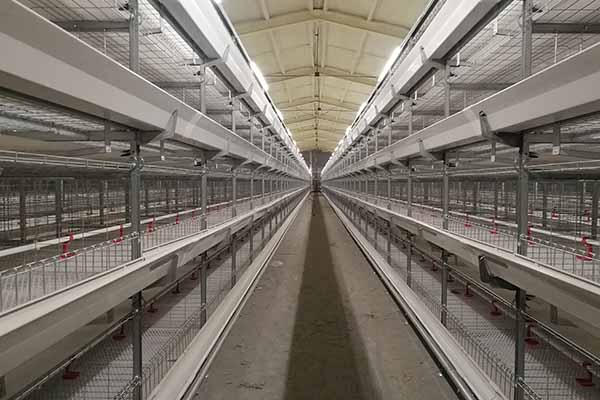How to Start a Chicken Farm in Missouri: A Step-by-Step Guide
Time : 2025-04-15
Embarking on the journey of starting a chicken farm in Missouri can be an exciting and fulfilling endeavor. Whether you’re looking to raise chickens for eggs, meat, or both, Missouri offers a great climate and community support for poultry farmers. But how do you get started? Let’s break it down step by step.
1. Research and Planning
Before you dive into the world of chicken farming, it’s essential to do your homework. Start by researching the local market demand for chickens in Missouri. This will help you determine what type of chicken farm you should establish and whether you should focus on meat or egg production.
a. Market Research
Find out what the local demand for chickens is by visiting local farms, farmer’s markets, and grocery stores. Talk to other poultry farmers in Missouri to get insights into the market. This will help you understand the trends and potential profit margins in the industry.
b. Zoning Laws
Check your local zoning laws to ensure that operating a chicken farm is permitted in your area. In Missouri, some jurisdictions may have specific regulations regarding livestock operations, so it’s essential to be aware of these regulations to avoid any legal issues later on.
c. Business Plan
Develop a comprehensive business plan that outlines your objectives, marketing strategy, financial projections, and operational processes. This will serve as a roadmap for your chicken farm and help you secure financing if needed.

2. Choose the Right Location
Choosing the right location for your chicken farm is crucial for its success. Here are a few factors to consider:
a. Accessibility
Your farm should be easily accessible to suppliers and customers. Consider its proximity to feed suppliers, processing plants, and potential markets.
b. Climate
Missouri has a diverse climate, so choose a location that offers optimal conditions for your chickens. A well-drained, flat property with good ventilation and sunlight is ideal.
c. Space
Ensure you have enough space for your chickens to roam, grow, and thrive. A minimum of 3 to 5 square feet per bird is recommended for egg-laying hens.
3. Selecting Chicken Breeds
Choose chicken breeds based on your goals and the market demand. Here are a few popular options for both egg and meat production:
a. Egg-Laying Breeds
- Rhode Island Red
- Lewisburg
- Easter Eggers
b. Meat Breeds
- Broiler Chickens
- Red Rangers
- Wyandotte
Consider factors such as growth rate, feed conversion, and market demand when selecting chicken breeds.
4. Building Coops and Runs
Your chickens will need a safe and comfortable place to live. Here are some tips for building coops and runs:
a. Coops
Build a sturdy, well-insulated coop with good ventilation and a predator-proof design. Ensure the coop provides enough space for the chickens to move around and lay eggs. Include nesting boxes and roosting areas.
b. Runs
Construct a secure run that allows your chickens to enjoy the outdoors while preventing predators from getting in. Provide shade, water sources, and a safe place for chickens to roost at night.
5. Managing Your Chicken Farm
Successful chicken farming requires attention to various aspects, including feed, water, and health management. Here are a few tips:

a. Nutrition
Provide your chickens with a balanced diet to ensure they grow healthy and lay quality eggs. You can use commercial feed or prepare your own using a variety of grains and seeds.
b. Water
Ensure your chickens always have access to fresh, clean water. Use a waterer that is easy to clean and maintain.
c. Health Management
Regularly check your chickens for signs of illness or stress. Consult with a veterinarian who is experienced with poultry farming to develop a preventive health plan.
6. Marketing Your Products
Once you have your chickens and farm up and running, it’s time to market your products. Here are a few strategies to consider:
a. Direct Sales
Set up a booth at local farmer’s markets, fairs, and festivals. Sell your eggs and chicken meat directly to customers.
b. Distributors
Seek out distributors and processors who can help you get your products into grocery stores, restaurants, and other retailers.
c. Online Sales
Use social media, e-commerce platforms, and your own website to sell your chicken products online.
Conclusion
Starting a chicken farm in Missouri requires dedication, planning , and hard work. By following this step-by-step guide, you’ll be well on your way to establishing a successful poultry farm. Remember to research, plan, and stay organized to ensure your farm thrives.
, and hard work. By following this step-by-step guide, you’ll be well on your way to establishing a successful poultry farm. Remember to research, plan, and stay organized to ensure your farm thrives.
Now, let’s put some tags on this!











